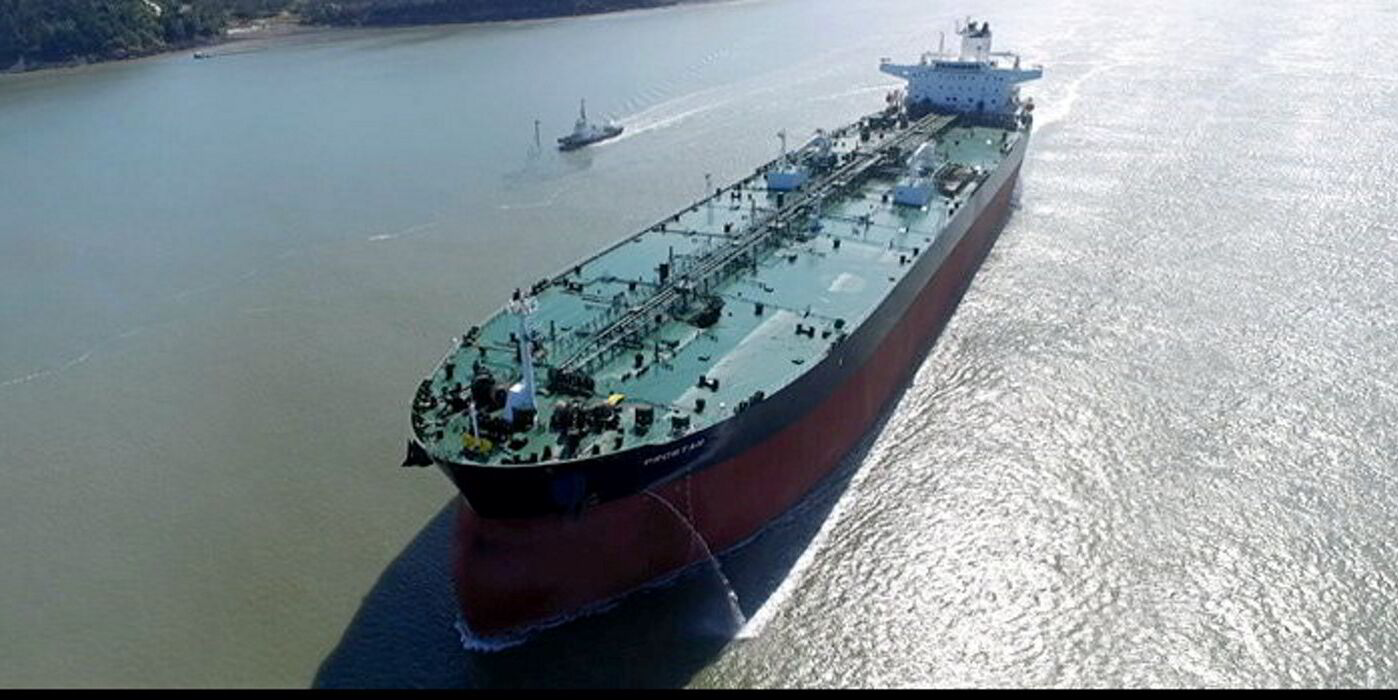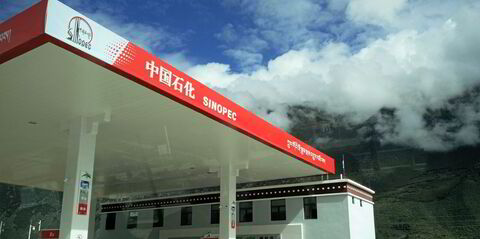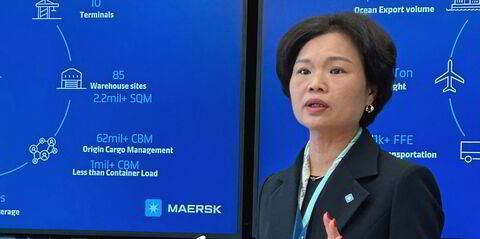Product tankers are being kept busier by rising volumes of jet fuel exports, with LR2s benefiting in particular.
During the first nine months of 2024, seaborne shipments increased by 11% over 2023, according to Bimco.
Tanker liftings were equivalent to 461m barrels or 1.7m barrels per day.
“At the same time, airline passenger traffic measured in available seat kilometres exceeded 2019 levels for the first time since Covid,” said Niels Rasmussen, chief shipping analyst at the shipowners’ organisation.
He said airline cargo traffic recovered quickly after the pandemic, but passenger traffic continued to linger well below the pre-Covid level in 2023.
Now the recovery in airline traffic has supported jet fuel volumes, with year-to-date shipments 56% higher than in 2021.
At the same time, jet fuel has increased from 6% of clean petroleum product volumes in 2021 to 8.5% so far this year.
Shipments from the Middle East Gulf and the Red Sea have contributed 41% of the increase in volumes between 2021 and 2024, and China, South Asia and North America contributed 24%, 15% and 13% respectively, Bimco said.
From a destination perspective, volumes into northern Europe (36%) and the Mediterranean (15%) have been responsible for most of the increases.
Rates rising
“Broadly speaking, trading patterns have remained the same during the past four years, although the crisis in the Red Sea has increased average sailing distances significantly,” Rasmussen said.
Trade in the West within the Atlantic Ocean makes up nearly 25% of total volumes, while the Indian and Pacific oceans market accounts for about 35%.
The remaining 40% is fuel heading from East to West.
In the meantime, LR2s have gained market share from the smaller MRs and handy segments, especially within East to West trades.
LR2s have loaded 23% of jet fuel this year compared with 17% in 2021.
This is probably down to economies of scale.
Clarksons Securities said LR rates in the Middle East Gulf experienced a slight uptick on Wednesday.
But the recent drop in overall product tanker earnings can be attributed partly to crude tankers entering the clean petroleum trade, it added.
VLCCs and suezmaxes currently trading clean account for about 3% of dwt capacity, but are likely to account for nearly 6% in tonne-mile terms, as many of them operate on routes around Africa.
“Once crude tanker rates improve over the winter, less competition from crude tankers could significantly boost LR2 rates,” Clarksons said.





